Intensive winter grazing
Winter grazing (including wintering on crops) is used in New Zealand pastoral farming systems to ensure animals have access to feed at a time of the year when pasture growth is limited, and pasture management is challenging.
Winter grazing typically involves livestock (eg cattle, sheep and deer) being ‘strip fed’ forage (such as pasture or crop). Animals are given access to a measured area of forage and shifted in a controlled manner. When animals finish grazing one section of forage, the farmer opens up another section (‘strip’). Animals may also be given supplementary feed (such as silage or straw) in addition to their forage.
When done well, winter grazing provides necessary feed for livestock, and can help to limit pasture damage.
However, animal health and welfare issues can arise when livestock are kept in wet and muddy conditions for a prolonged time. These include:
- poor hoof health that contributes to claw lesions and lameness
- inability for proper rest and rumination
- increased risk of mastitis
- reduced production
- exposure from variable access to shelter
As well as the physical health issues these animals may face, we must also consider how their welfare is affected by their experiences (ie. their mental state). This must be considered as it is now accepted and acknowledged in New Zealand animal welfare legislation that animals can experience both positive and negative emotions.
The NZVA position on winter grazing
The New Zealand Veterinary Association’s (NZVA) view is that winter grazing (eg of cattle, sheep and deer on pasture/crops) should only be undertaken when the welfare of animals is protected. This means meeting the requirements of section 4 of the Animal Welfare Act 1999, and other relevant legislation.
To meet the requirements of section 4 of the Animal Welfare Act, animals must have:
- proper and sufficient food and water
- adequate shelter
- opportunity to display normal patterns of behaviour
- physical handling in a manner which minimises the likelihood of unreasonable or unnecessary pain or distress
- protection from, and rapid diagnosis of, any significant injury or disease
Each of these needs must be appropriate to the species, environment, and circumstances of the animal.
Towards better grazing practices
Managing winter grazing appropriately can be complex, as the needs of people, animals and the environment do not always align.
The NZVA believes a collaborative pan-sector approach is needed to assist farmers through a fair and just transition towards winter grazing practices that provide excellent health and welfare outcomes for animals.
The NZVA advocated for a Government taskforce to find solutions where winter grazing practices result in poor animal welfare outcomes.
